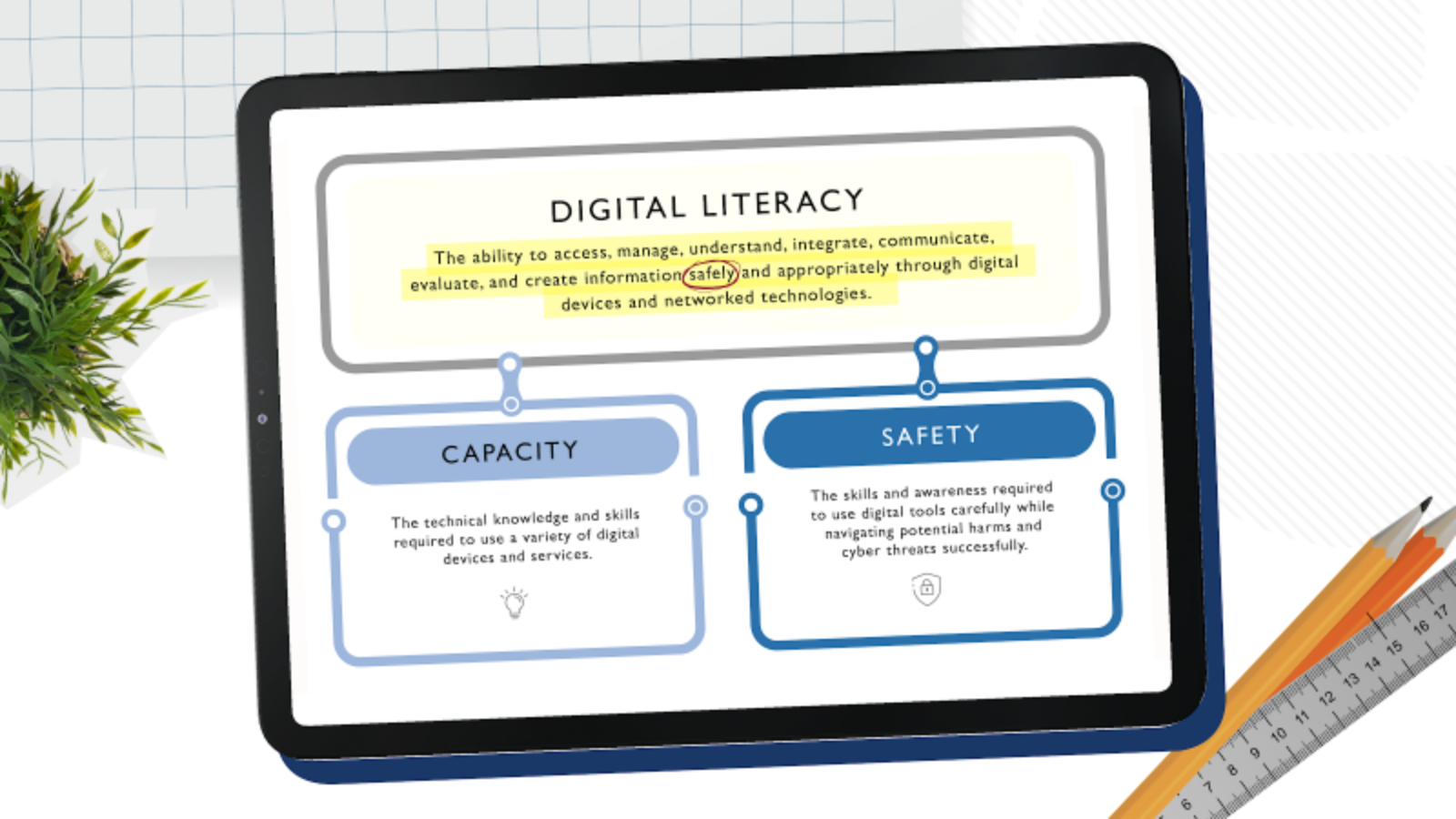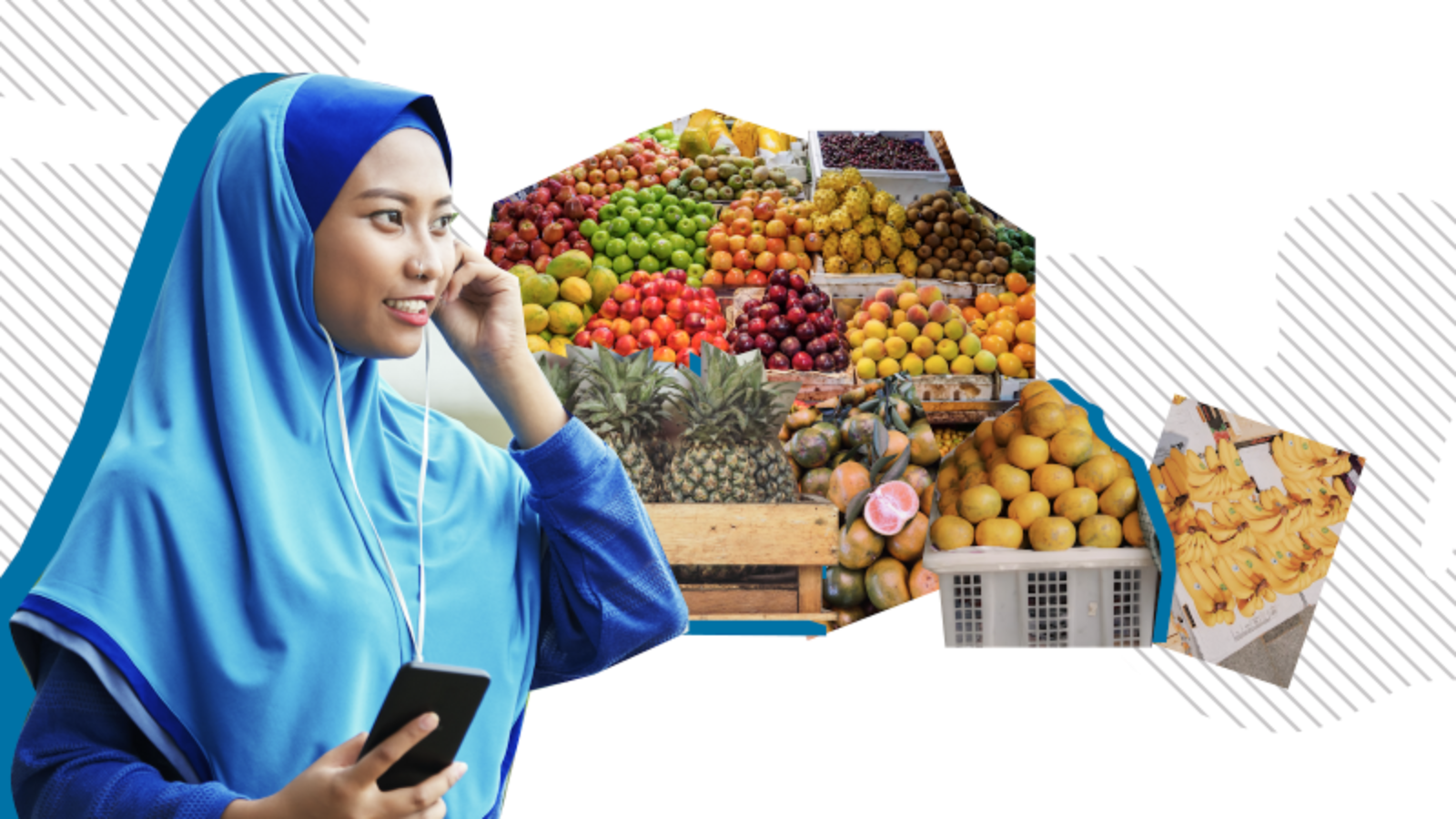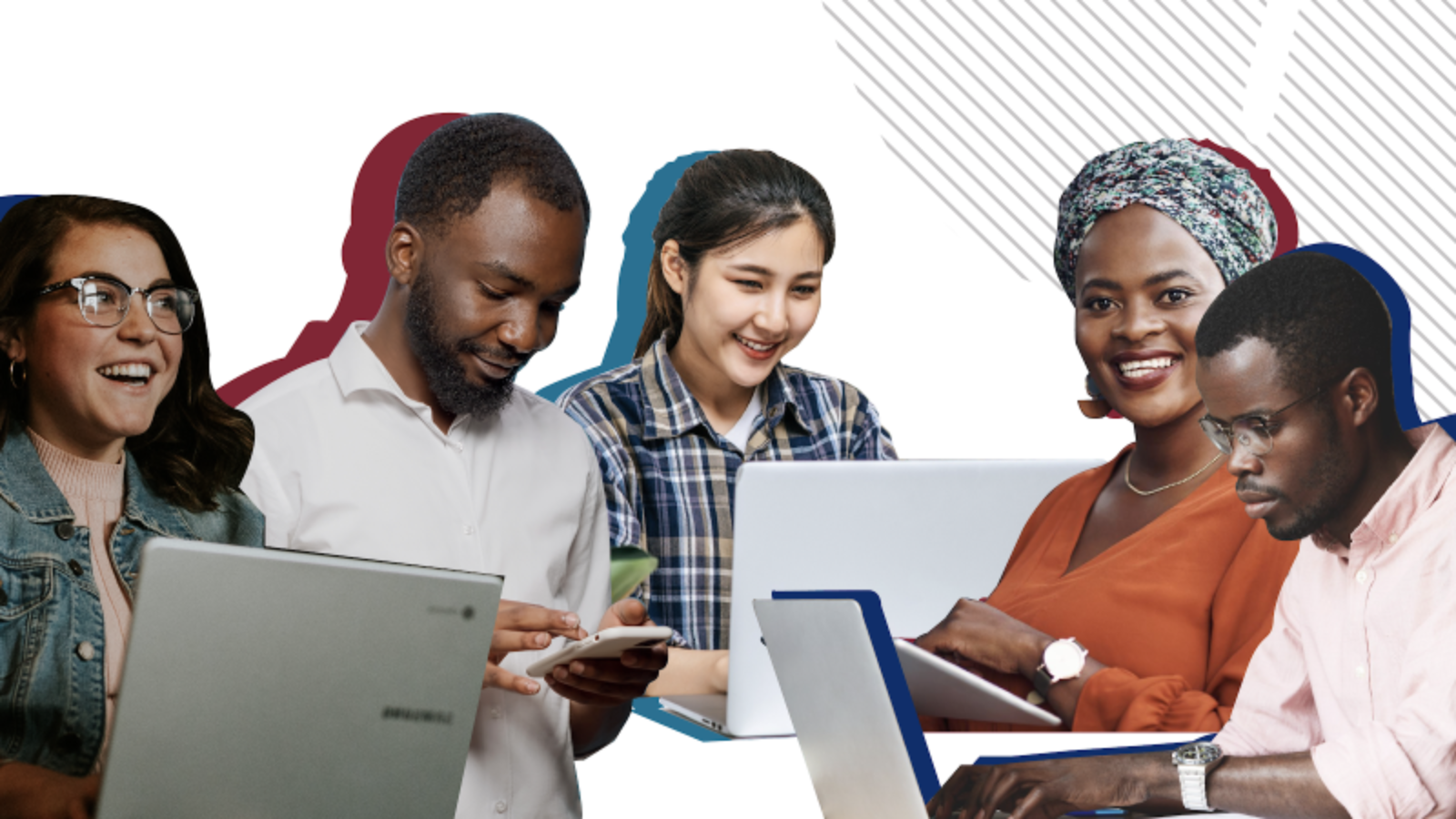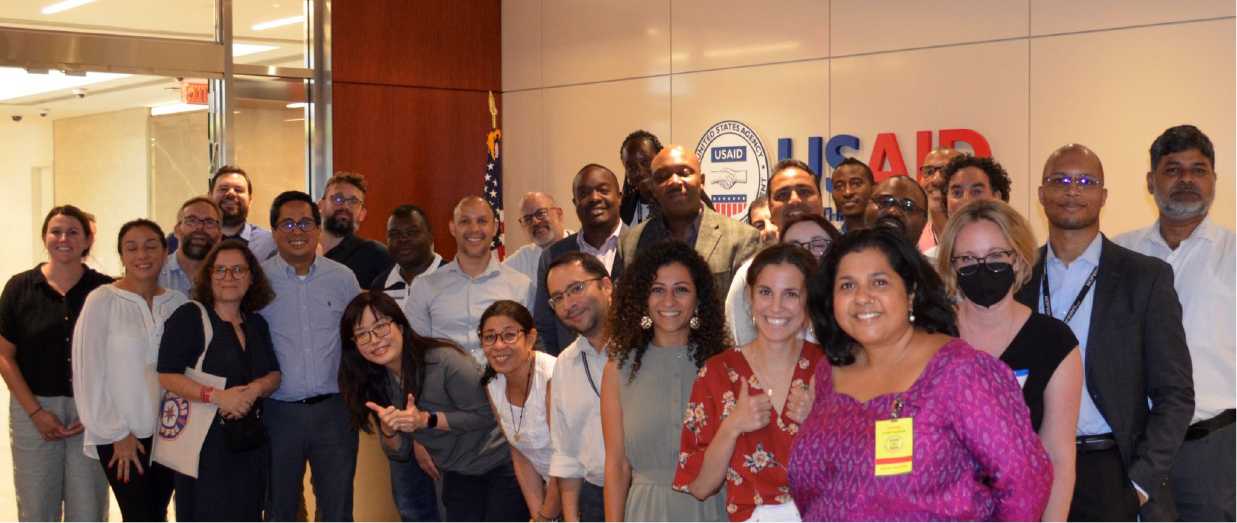TechChange specializes in distilling complex topics in a way that is engaging and beautiful, making them easily understood by diverse audiences. We’re pleased to share the latest round of videos, created with the Digital Frontiers team at DAI and USAID to illustrate the critical concept of Digital Literacy. The videos define the concept, articulate different approaches, identify key risks that come with digital literacy programming, and point to resources for activity planning and implementation.
Digital Literacy and Why it Matters
Digital technologies can empower people and communities to gain access to services, engage with each other, and pursue economic opportunities. They hold immense potential to help people live freer, healthier, and more prosperous lives, whether it is a small business in the Philippines that is able to use mobile money to grow their business, or a student in South Africa who is able to access educational resources online during the COVID-19 pandemic.
But can digital transformation leave some communities, businesses, and people behind – and even expose them to harm? Unfortunately, yes.
Despite the gains made, not everyone is reaping the benefits of digital transformation, especially women, indigenous groups, elderly people, people with low levels of education, and other marginalized groups.
One of the main contributors to the digital divide is low digital literacy. It’s critical that development practitioners understand the concept, and the associated challenges, so that programming can successfully equip people to use and benefit from digital technologies.
What do we mean by digital literacy?
Put simply, digital literacy is the set of skills needed to meaningfully, safely, and responsibly use digital technology. That word “safely” is key. Not only are we talking about the capacity that individuals have to use digital devices and services…but also their ability to do so without exposing themselves to harm both on and offline.

Intro to Digital Literacy- the Video Series
TechChange worked with DAI and USAID to create a series of four videos that cover the essentials of Digital Literacy for USAID stakeholders including staff at missions and partner governments and organizations. Find more information and the links to watch the series below.
Video 1: “Defining Digital Literacy.” This video introduces the concept of Digital Literacy, relevant frameworks, and how USAID defines it.
Video 2: “Approaches to Digital Literacy.“ This video introduces the DigComp framework and covers the differences between foundational and tactical approaches to Digital Literacy in USAID programming.
Video 3: “Managing Risk.” This video covers key risks in digital literacy programming such as exclusion, harm, and cybersecurity issues, and shares mitigation approaches for each.
Video 4: “Digital Literacy in USAID Programming.” This video covers the important questions to consider when integrating Digital Literacy work into USAID programming and resources for activity design and implementation.

Videos as a Multi-faceted Training Aid
The amazing thing about video is in the plurality of its uses – it’s modular and useable for different audiences. For this series, DAI and USAID will use it in a number of ways, including:
- Publicly available on YouTube to the development community and anyone interested in the topic
- Posted on USAID University, the Agency’s internal learning management system, as a training course for mission and headquarters staff
- Can be used with supplemental materials as part of a training program for Mission staff wishing for a deep dive on the topic and its application to their work
“TechChange was an instrumental partner to DAI and USAID in the development of the Digital Literacy training videos. Their team helped to create innovative content and compelling storylines to keep audiences engaged and informed. We look forward to more opportunities for future collaboration.”
Priya Sethi, DAI




